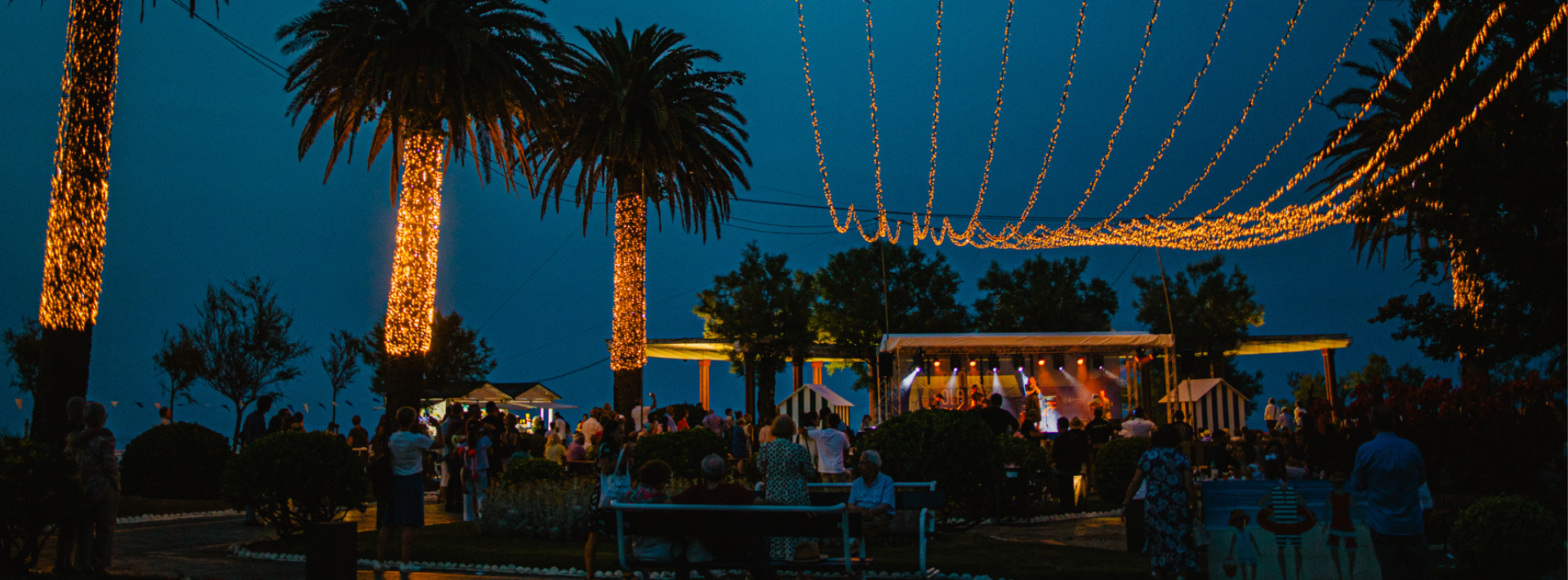Every summer in Santander we travel back in time to the traditional Baños de Ola, a festival that recalls the times when many visitors came to El Sardinero to enjoy its therapeutic waters.
We go back to 9th August 1846, a date on which the Madrid press reported on the number of foreigners visiting the city to enjoy its sea and wave baths which, according to the newspapers of the time, "produce marvellous effects" that were even compared to those of the famous waters of Biarritz.
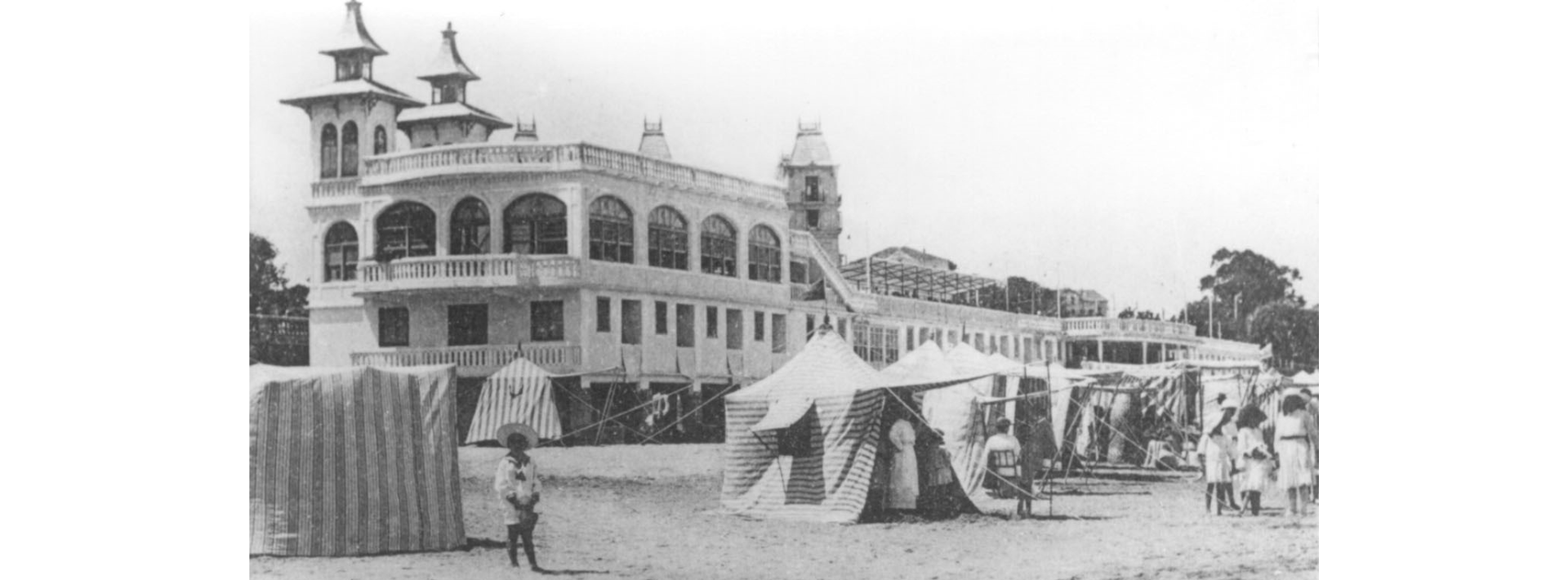
1852 was an emblematic year for the city due to the visit of King Don Francisco de Asís y Borbón, husband of Queen Isabel II. Their Majesties were in charge of inaugurating the works of the railway that would connect Santander with Alar.
In 1857, for example, César and Arturo Pombo obtained municipal permission to build a permanent bathing establishment on the first beach.
And, undoubtedly, the definitive boost came in 1861. That summer, the Royal Family arrived in Santander with the purpose of taking Queen Isabel II's Baños de Ola. Such was the excitement caused by this milestone that thousands of visitors joined in this practice every summer season. This trend was undoubtedly helped to consolidate by King Amadeo of Savoy and his wife, who in 1872 placed the name of Santander at the forefront of summer resorts, followed by regular visits by the Spanish Royal Family and other sporadic visits by the royal houses of Naples and Monaco, among others.
Grateful to the Royal Family, in 1908, the Santander City Council unanimously agreed to offer the Sovereign a palace in the city for his summer holidays. This was the first milestone for what we know today as the Palace of La Magdalena, one of the most representative buildings of this period of prosperity.
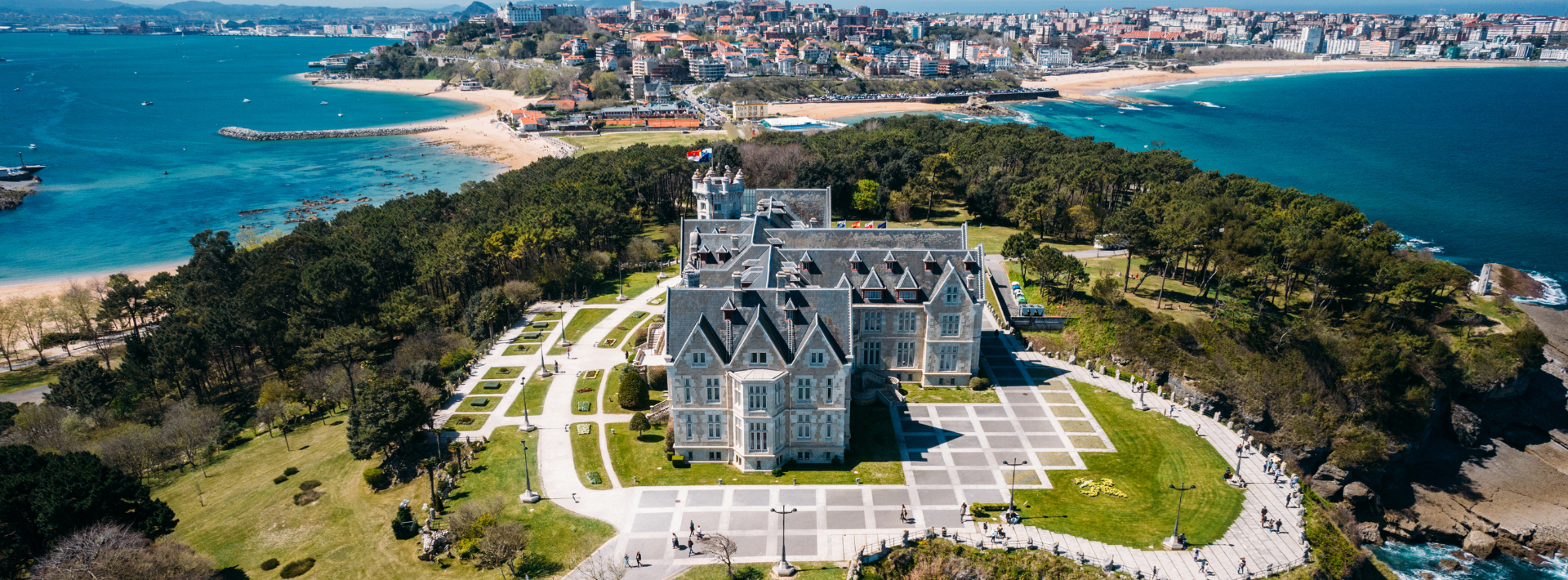
Tourism in Santander grew exponentially in line with the development of the area. Thus, for example, the area was enriched with magnificent buildings such as the Gran Casino which was built in 1916 under a project by the Cantabrian architect Eloy Martínez del Valle, following the stylistic canons of the French Belle Époque.
Accommodation, of course, was also a priority in these early decades, with the construction of large hotels such as the Gran Hotel de El Sardinero with a capacity of 300 beds, the Hoyuela with 100 beds and the París with 200 beds. A development that was dignified with the inauguration of the Hotel Real on 12 July 1917.
The buildings and infrastructures for bathing were followed by other spaces such as the Piquío Gardens, the heart of the celebration of the Baños de Ola festival. These were built in 1925 on a magnificent promontory overlooking El Sardinero and, to offer a unique panoramic view, were designed by Ramiro Saiz Martínez and were completed with monuments such as the Bola del Mundo (Ball of the World) or the zodiacal table.
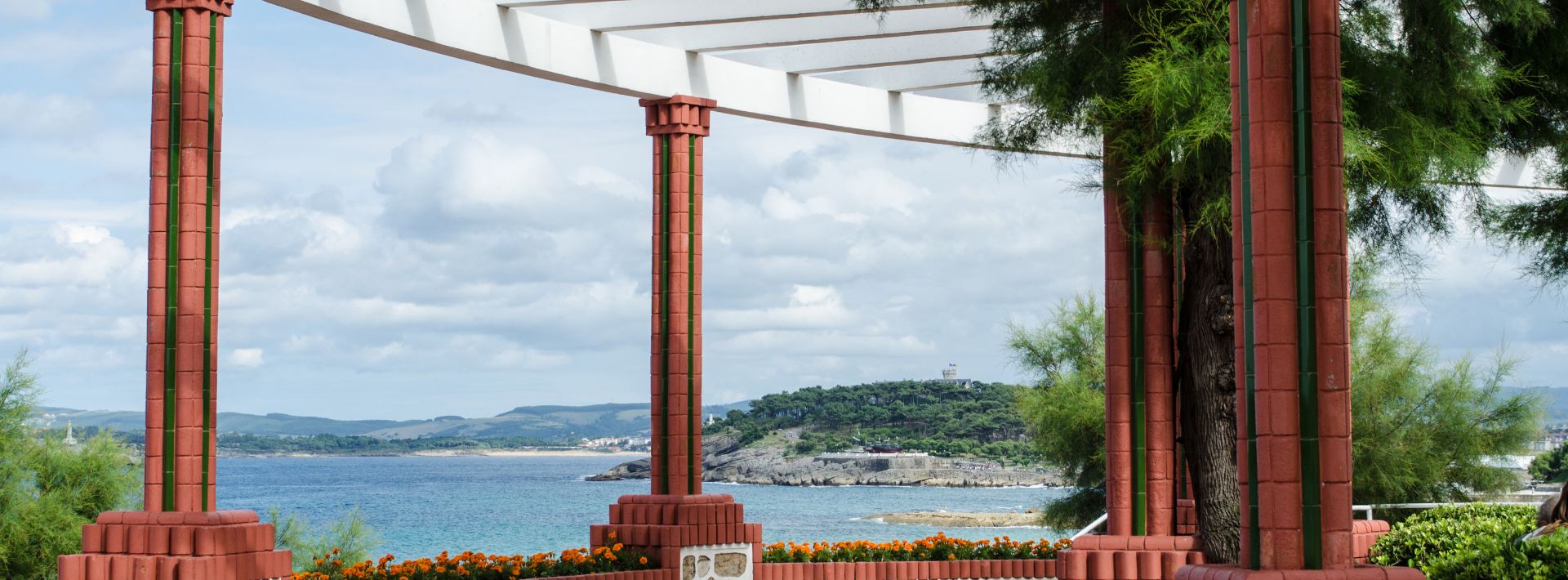
From carriages to move around the area to trains. In 1877, the "trenuco" began to roll, and years later, in 1896, it had a powerful rival, the Pombo tramway, which shortened the distance through the tunnel from Tetuán to the Plaza del Pañuelo.
El Sardinero has witnessed the history of the evolution of Santander and the trends in our country, among others, how the size of the swimming costumes was reduced in the forties and, in the following decades, for example, in the 70s, how these baths went from therapeutic to leisure baths and the foreign bathers were called tourists or holidaymakers.
The 1920s were a revolutionary period. The end of the war marked a new fashion that was transferred to the way of dressing and, of course, to everyday habits, and the charleston was all the rage. During those years in Santander, the cultural boom left as witnesses important monuments such as the one dedicated to Concha Espina, emblematic buildings such as the Menéndez Pelayo Library and graphic museum proposals such as the one we know today as MUPAC, dedicated to Prehistory.
This culture also moved to the 1930s when, despite the end of the Royal Family's summer stays in our city, Santander became an academic attraction with the creation of the International University and the construction of the Paraninfo de La Magdalena. From 1949, these facilities began to host the Summer Courses of the Menéndez Pelayo International University.
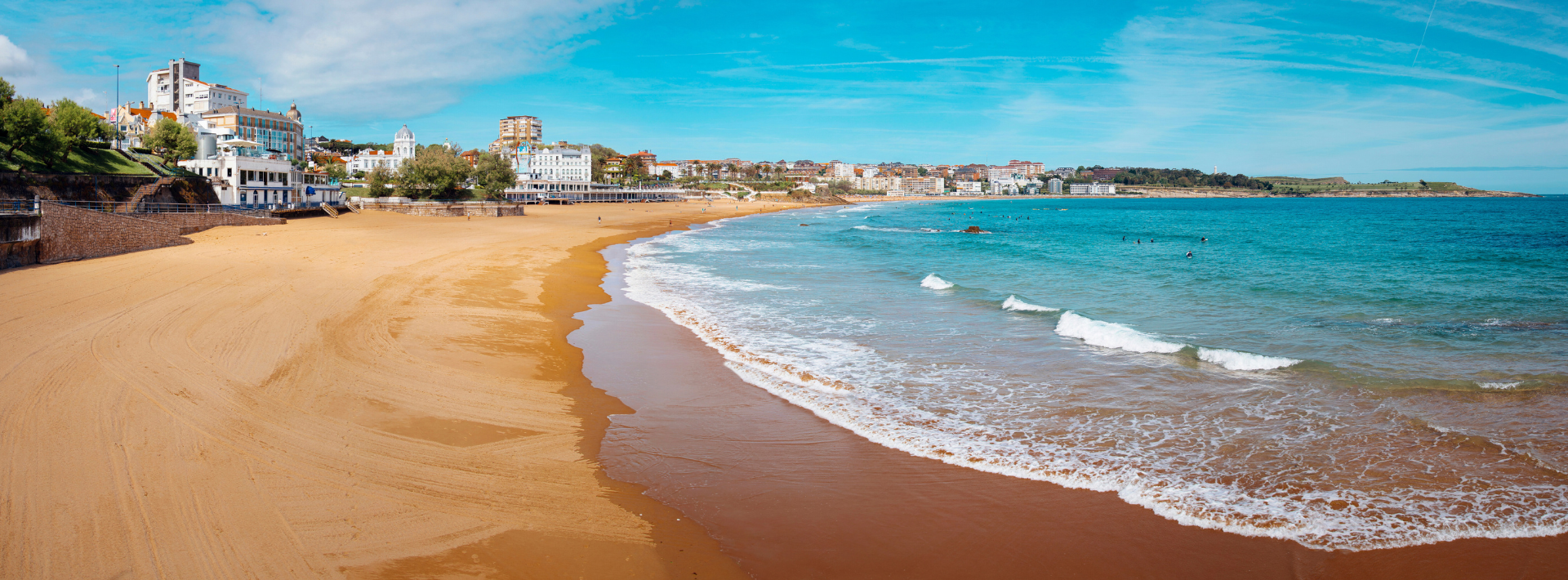
This predilection for cultural activity was undoubtedly a real attraction and has continued to grow over the years in Santander, with one of the first milestones being the celebration of the first Santander International Festival. It was in the summer of 1952, when Ataúlfo Argenta and José Manuel Riancho put the musical note to the Plaza Porticada.
In 1994, the Baños de Ola were institutionalised as a festival and, a few years later, on 26 February 2003, it was recognised as a Festival of Regional Tourist Interest.
The Baños de Ola have been associated with sport since 1905, when King Alfonso XIII took part in the sailing competition organised by the Royal Regatta Club. This milestone was followed by shooting competitions, bullfights in the Coso de Cuatro Caminos and the inauguration of the polo field on the Península de La Magdalena in 1915 and two years later the Bellavista Racecourse.
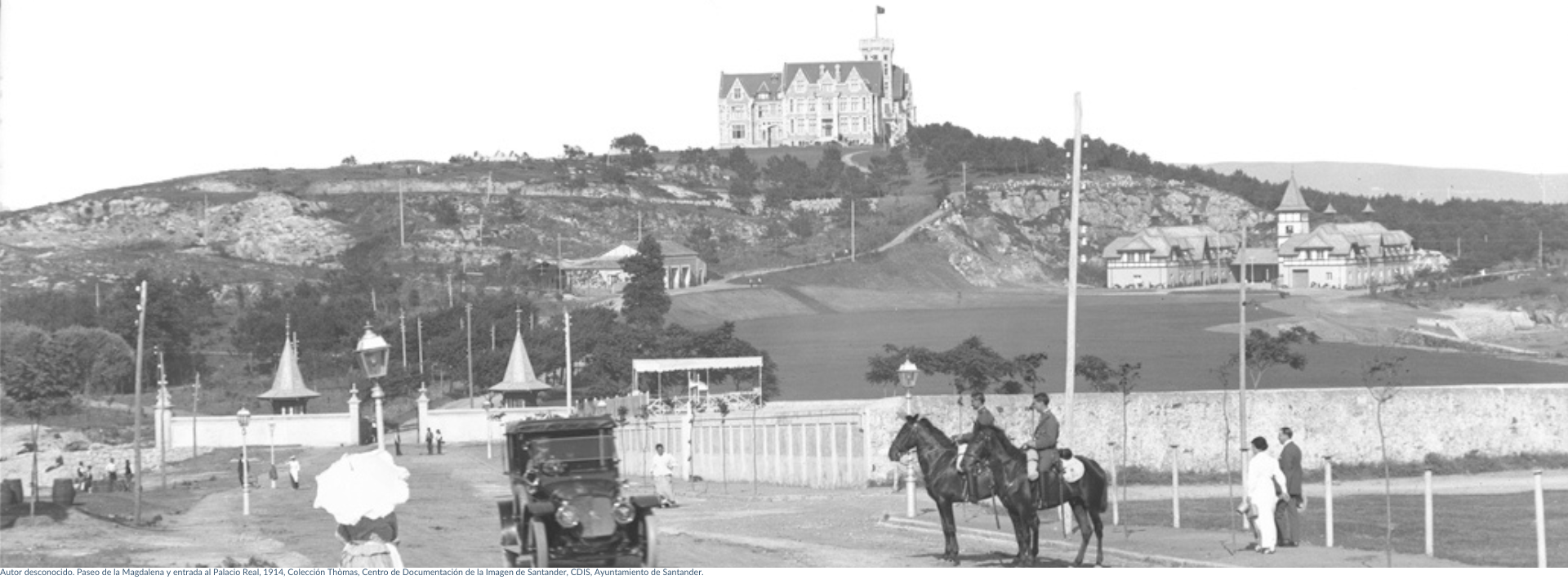
And then sports continued to be incorporated into the festival with the introduction of the golf tournament at the Mataleñas golf course in 1998 and, since 2003, activities such as the Swimming Crossing, the Handball Tournament, Black Ball Paddelboard RACE, the Baños de Ola Regatta, the Polo Tournament, Surfing competition and, finally, in 2006, the Palas matches and team races.
This beloved celebration has evolved and grown over the years, becoming a real attraction for locals and visitors alike, with activities for everyone. Thus, for example, the children's workshops, the period market, performances and different cultural activities that usually take place in the Piquío Gardens and in the surroundings of El Sardinero stand out. A festival that culminates with a spectacle of light and colour with the fireworks that are launched from the beaches of El Sardinero.
